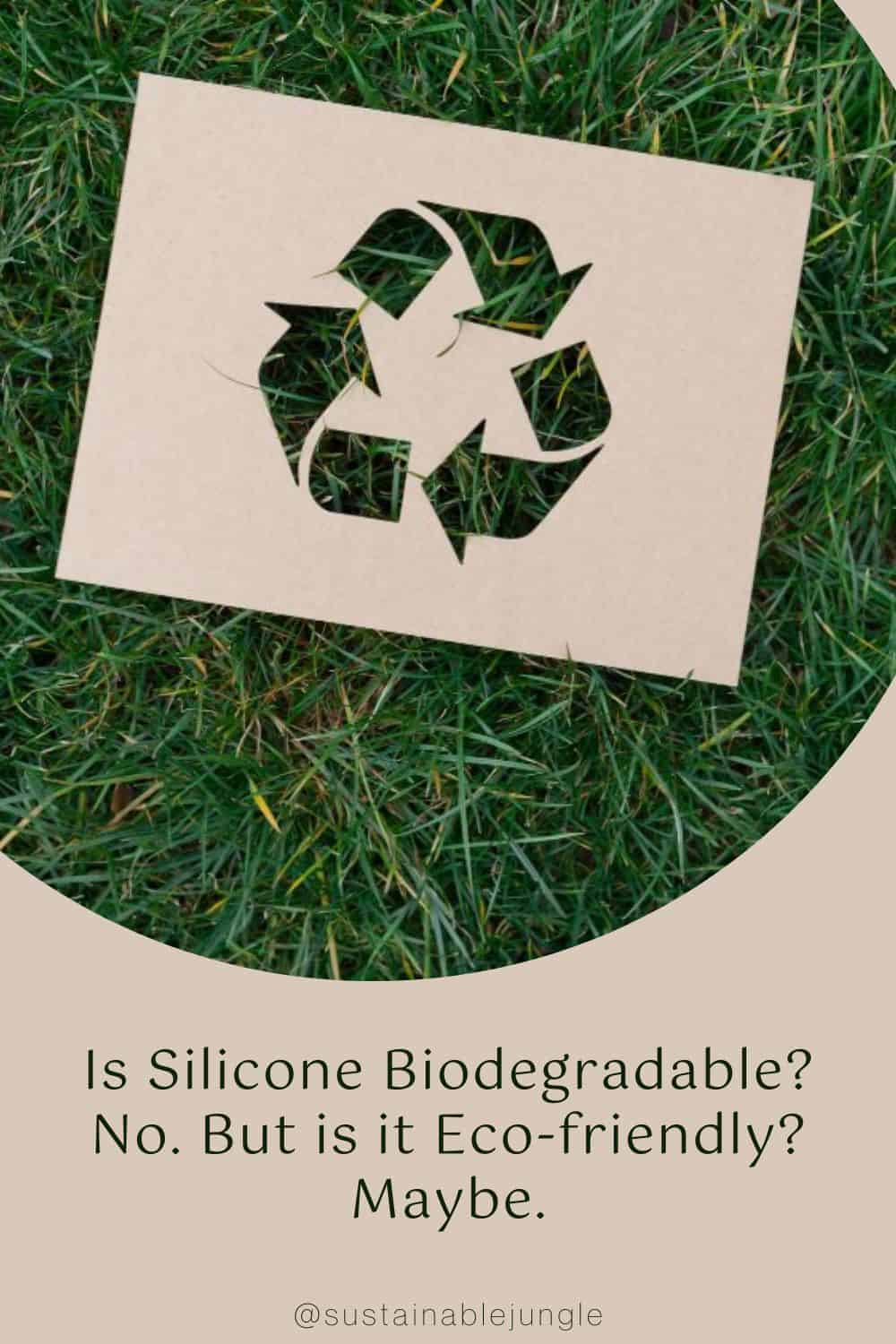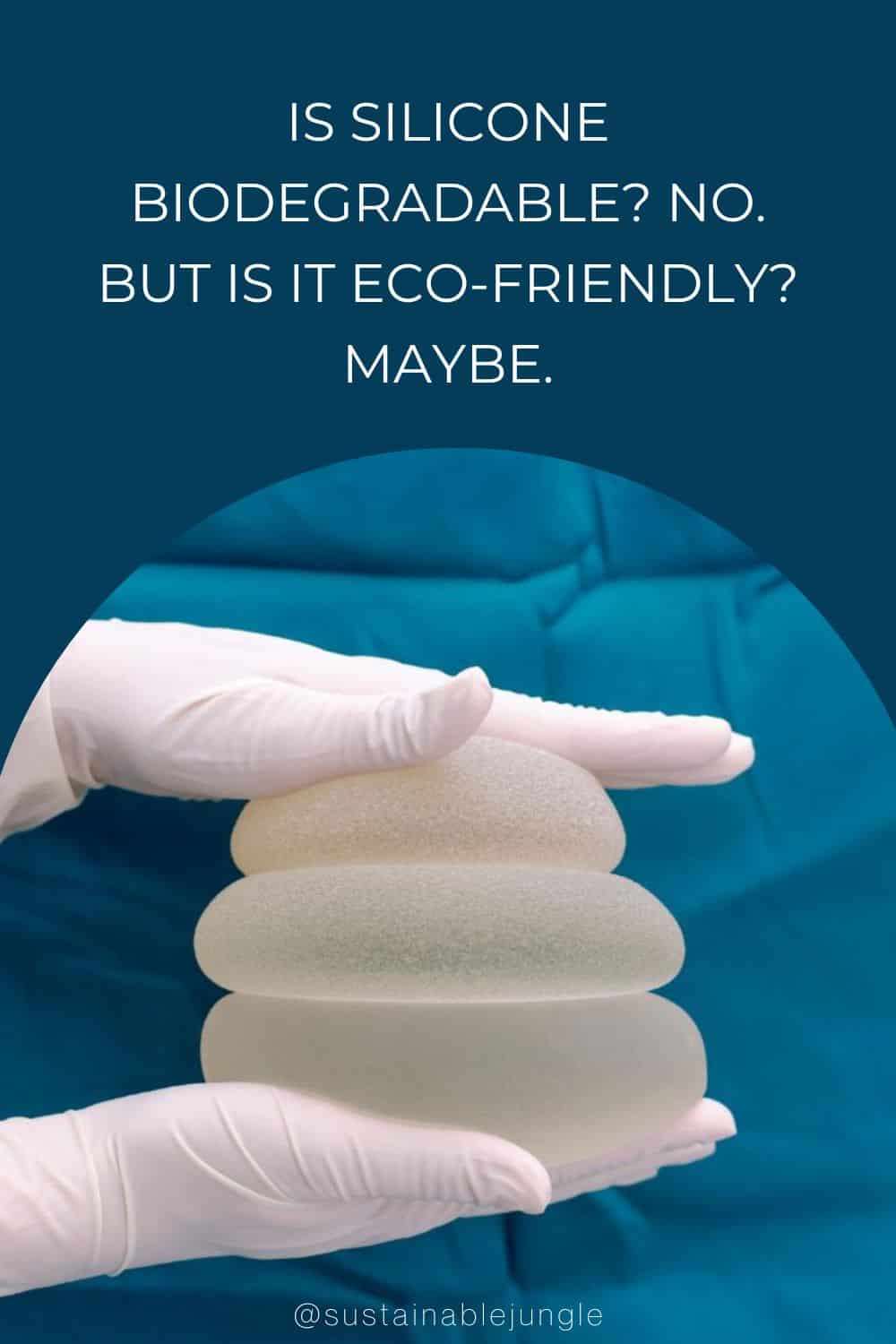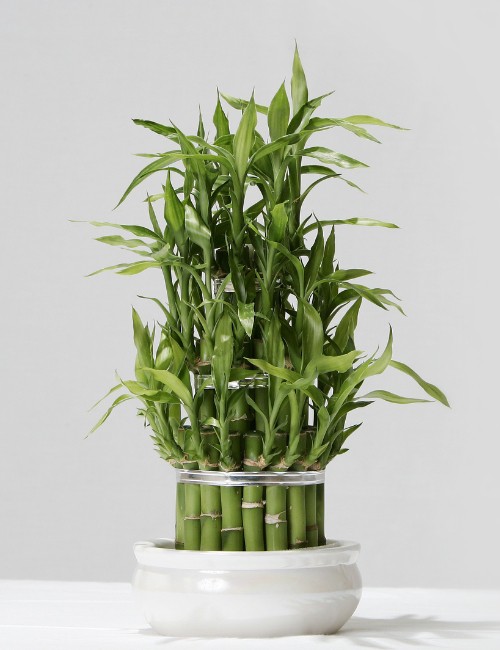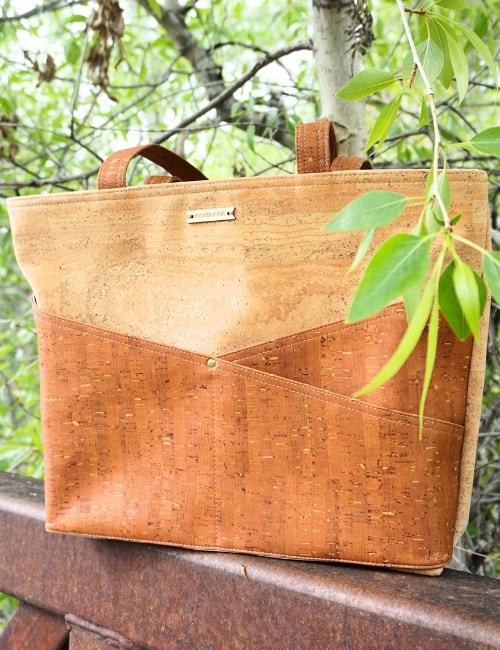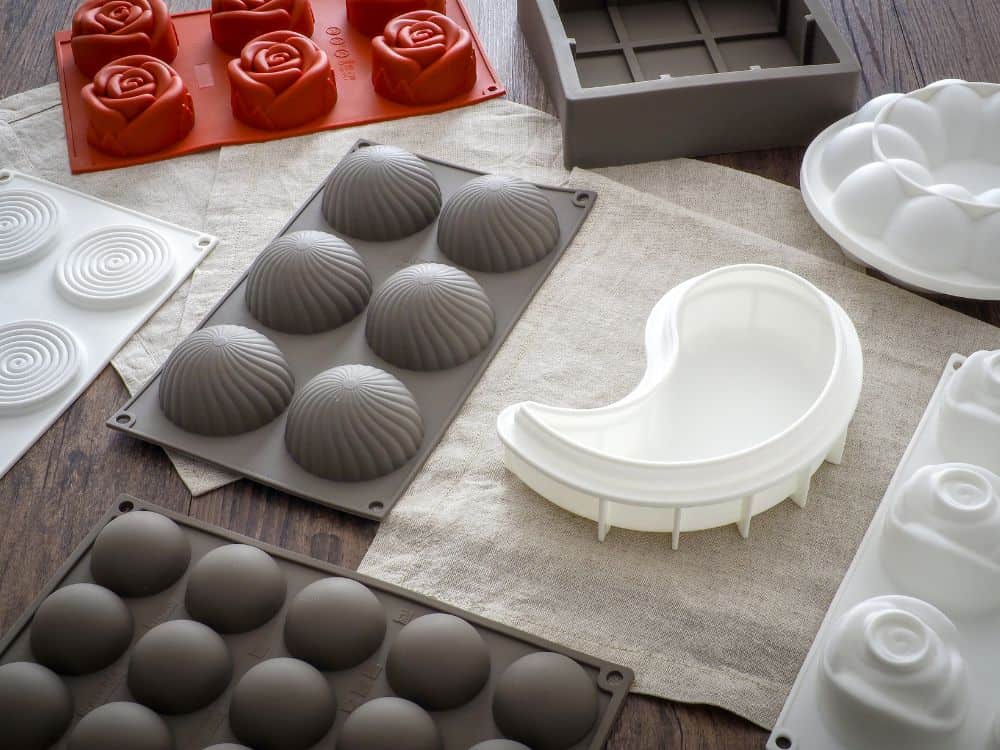
Is Silicone Biodegradable? No. But Is It Eco-friendly? Maybe.
The word is out: plastic products are the pits for the environment.
In an effort to make a choice that’s better for the environment, plenty of people are turning to silicone products instead.
In fact, silicone is now widely used in products being marketed as “earth-friendly”.
In some cases, that’s for good reason. Silicone menstrual cups, for example, provide a way to avoid all of the waste (and toxins) that would come with tampons or pads. Alternatives to ziploc bags can help you avoid the single-use varieties.
If you’re trying to adopt a zero waste lifestyle, silicone has probably entered your home.
But just because it replaces things that definitely have a bad end-of-life outcome, doesn’t mean we can disregard what happens when we’re done using it.
Is silicone biodegradable or recyclable?
If the former, how long does silicone take to biodegrade? Or is silicone toxic in a way that makes it a dangerous addition to landfills?
In other words, is silicone bad for the environment, despite what we may believe?
Clearly, there’s a lot to think about so let’s start by looking at what silicone is in order to break down how it breaks down.
Silicone Sustainability Questions (And Answers)
- What is silicone?
- Is silicone durable and safe?
- Is silicone biodegradable?
- Is silicone recyclable?
- What about silicone in beauty products?
- Is silicone eco-friendly?
1. What is Silicone?
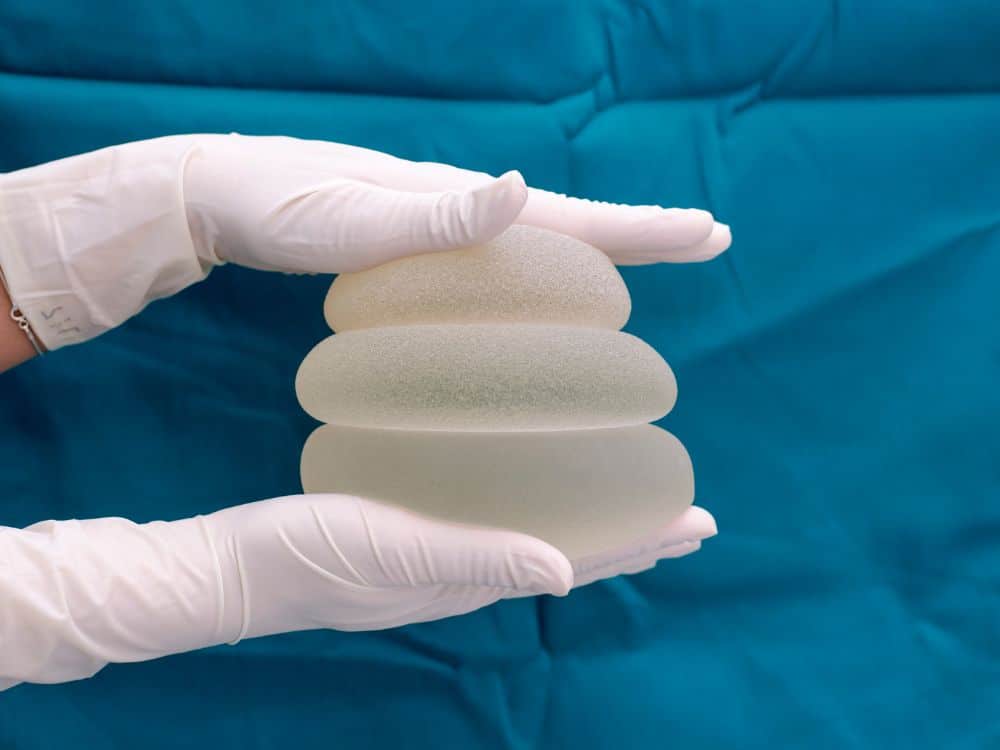
Its rubbery, smooth texture might remind you of plastic, but is silicone plastic?
It’s not directly made of petrochemicals, so no, but it does share many similarities.
Like plastic, silicone rubber is more of a category than a single item. It’s a polymer derived from silica, a naturally occurring mineral found in sand and stone.
Since it’s created from something that occurs naturally, you’re probably wondering: is silicone sustainable?
Well, just like rayon fabric (which is made from tree pulp but often treated with a battery of caustic chemicals), not necessarily.
It’s still a synthetic polymer. To create silicone, silica must go through a complicated chemical process that uses petrochemicals and furnaces powered by carbon.
Based on creation alone, we can’t ignore silicon’s environmental impact, but does that mean silicone is bad for the environment completely?
It still has upsides that contribute to its growing market presence. Experts value the silicone industry at more than $16 billion with a projected growth rate of 7.4% between now and 2030.
2. Is Silicone Durable and Safe?

Silicone has a couple of things going for it that lend themselves to its recent popularity.
Safety
High-quality silicone products are safer for food use than plastic.
Silicone doesn’t break down like plastic products do (think: microplastics) and it can be frozen and heated without leaching anything toxic.
Unlike plastic, it also doesn’t contain bisphenol A (BPA) or phthalates. That means silicone bakeware and food containers can be safer than plastic. In fact, both the U.S. and Canada have indicated that there are no known health hazards with using silicone for cooking or food storage.
This all assumes that you’re buying a high-quality silicone—AKA food-grade or medical-grade silicone—especially when you’re buying silicone cookware or period products.
Not all silicone products are pure silicone. Cheaply-made silicone rubber blends in fillers, which often contain the very toxins you’re trying to avoid by opting for plastic alternatives.
To check if silicone manufacturers added fillers, pinch or twist the silicone. Pure silicone stays the same color. If the color lightens under pressure, it has potentially toxic fillers in it.
Durability
Part of the reason that silicone products are seeing such widespread use — and growing in popularity — comes down to how long they last.
Silicone is chemically inert, which makes it stable. It can withstand freezing and heat (although check with the manufacturer before putting it through extremely high temperatures) and function for decades.
In fact, silicone’s durability and flexibility make it a top choice for electrical insulation and sealants around your house. If you’ve ever caulked something, you probably used silicone caulk. Because silicone decomposition isn’t an issue, households, and companies across the world turn to it for a variety of uses.
Food-grade silicone offers these benefits in your kitchen. You don’t need to worry that the silicone products you use will break down or leach anything into your food.
Really, the only issue you could face comes down to physical damage to the silicone. If you cut it or tear it, you might need to toss it.
The same goes for medical-grade silicone menstrual cups. They’re chemically stable so you don’t have to wonder if putting one in your body is exposing you to anything dangerous.
You can wash and boil any silicone product to keep it sanitary and functional for decades.
3. Is Silicone Biodegradable?
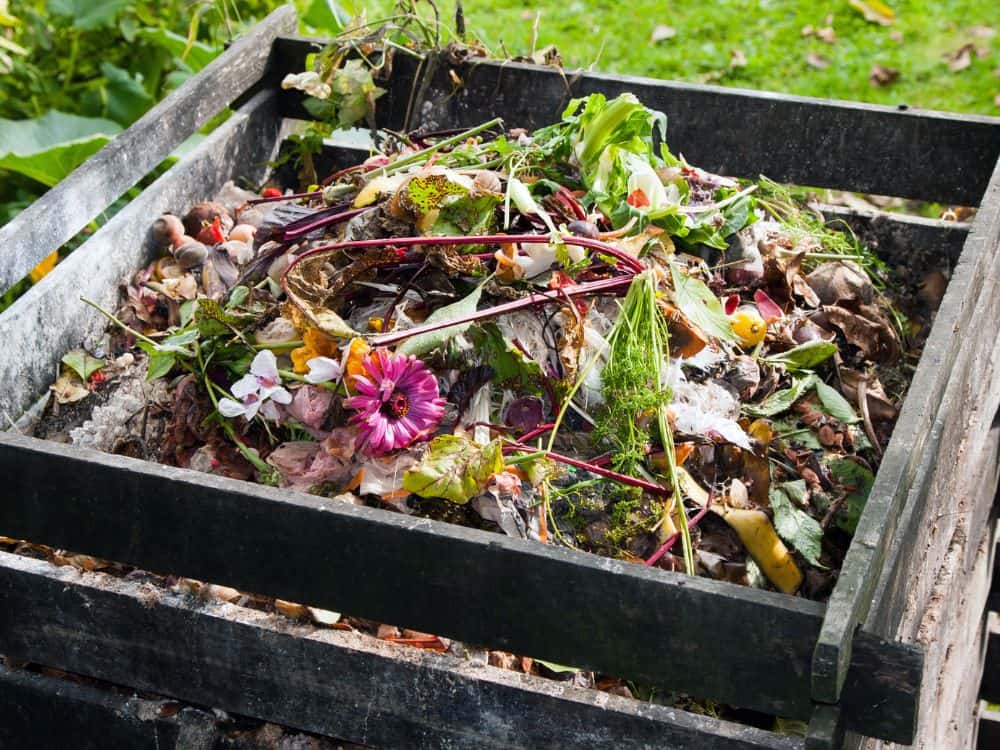
But what about when you’re done with it? How biodegradable is silicone? Or, more precisely, will silicone biodegrade at all?
As a quick refresh, to classify something as biodegradable, it needs to be broken down by natural organisms over time. How much “time”, however, is largely unspecified, which leads to a lot of greenwashing around the term.
With silicone, however, it’s not a matter of time, because breaking down into natural components is never going to happen. So, does silicone biodegrade?
No, silicone doesn’t degrade, period. Is silicone compostable?
Considering compostability actually has stricter time constraints of full decomposition, also no.
As a quick aside, researchers have started to explore silicone that could break down when exposed to certain bacterial strains.
But the silicone products you’ll find on the market today, including medica and food-grade silicone, aren’t biodegradable.
In the silicone eco-friendly debate, the fact that silicone is not biodegradable does have an upside.
Because silicone items are durable, they don’t break down into smaller pieces (think: plastic into microplastics). Being stable, it also doesn’t leach toxins into the environment over time.
So while that silicone product won’t biodegrade, it also won’t do as much harm as plastic slowly degrading in the landfill—or floating in the ocean.
4. Is Silicone Recyclable?
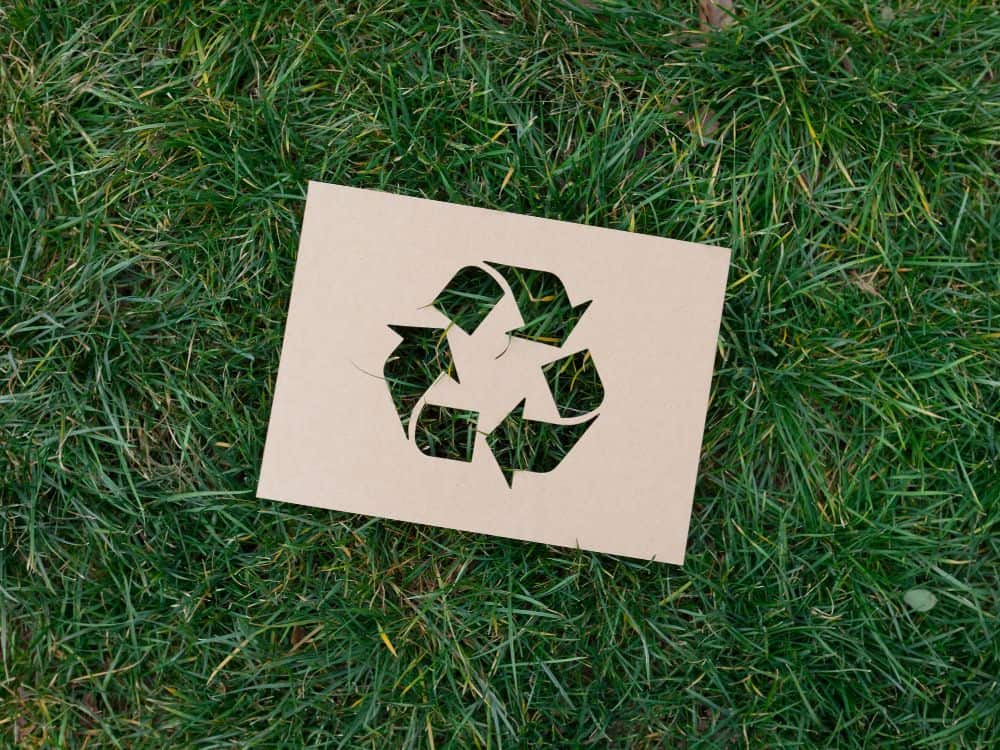
Yes and no. Technically, yes, silicone can be recycled.
But can you recycle silicone products by tossing them into your curbside bin?
Probably not. Recycling silicone requires technical processes that most municipal recyclers aren’t set up to handle.
Tossing your old silicone products into your bin just clogs up your local recycling pipeline, hurting your local recycler.
Recycling silicone is possible, though. You just need to find the right place to do it. Some places mash up old silicone, melt it down, and mix it with new silicone. When poured into molds, this blended silicone can become new products.
Other places recycle silicone by turning it into industrial lubricant or mulch.
To make silicone eco-friendly, some companies (e.g., GoSili) will take back their old products to handle the recycling process for you.
If you have plastic-free food storage containers made of silicone (like Stasher® or Ziploc® Endurables™ silicone bags, not the conventional hard to recycle ziplock bags) you can send them to TerraCycle free of charge to recycle them. The same goes for Diva® menstrual cups.
If you can’t recycle silicone locally and the company you bought the silicone products from doesn’t take them back, you’re not out of options. With ECO USA‘s new silicone recycling plant in the U.S., more options are available to larger-scale companies, which should open up more choices for consumers.
Research silicone recyclers in your larger geographic area. There may be a company you can drop off or ship to that can get your silicone recycled.
5. What About Silicone In Beauty Products?
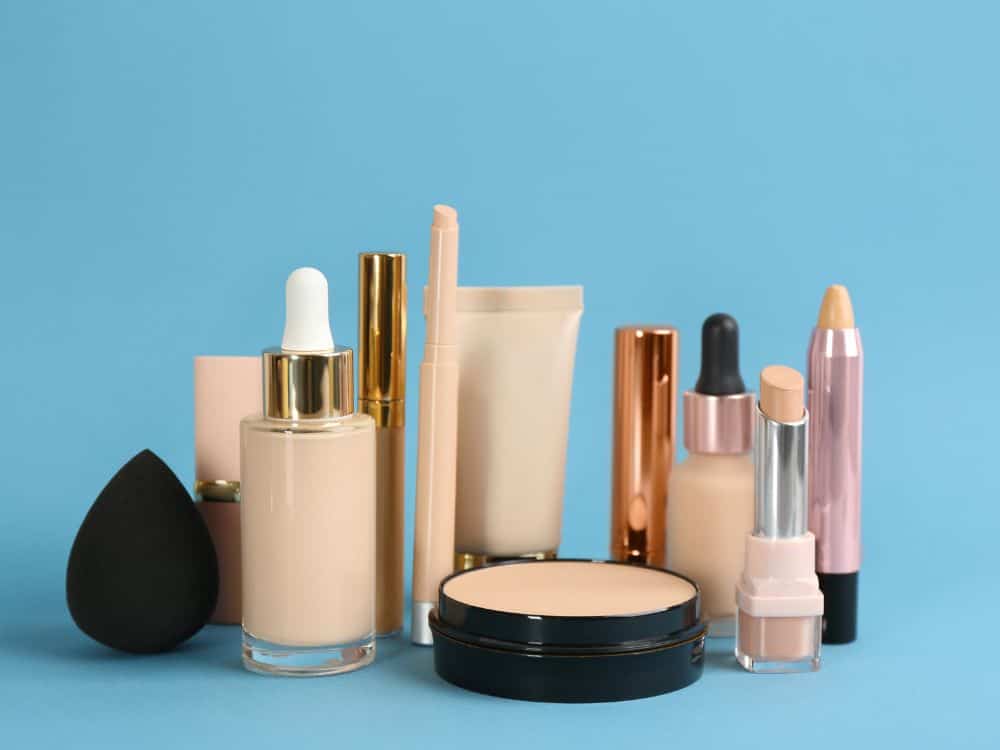
When you’re thinking about silicone, you’re probably thinking about something you can hold in your hands. But there’s a slippery side to this substance that’s also found its way into hair and beauty products.
You can usually spot it by looking for ingredients that end in “-cone,” like:
- Dimethicone
- Cyclomethicone
- Cetearyl methicone
- Cyclopentasiloxane
Experts generally consider silicone safe for your skin and it might come with benefits like a smoother, more elastic, more hydrated complexion. In hair products, it can lend a silkiness—but might cause more breakage over time.
Because silicone is relatively new on the beauty scene, we don’t fully know its long-term impacts or if it should be considered one of the many ingredients to avoid in skincare.
But we do know that silicone does not break down or degrade. That means when you wash silicone-containing products down the drain, it goes into the water source with all those pesky plastic exfoliating microbeads.
As of now, this hasn’t been determined to be a pressing problem, but if silicone use increases in beauty and hair products, bioaccumulation is inevitable. This means silicone would build up in organisms like fish—and eventually make it up the food chain to humans.
To mitigate the negative impacts of this potential future problem, steer clear of silicone-containing options. This should get easier because the EU plans to ban them.
Instead, stock your bathroom with organic and natural skin care ingredients.
6. Is Silicone Eco-Friendly?
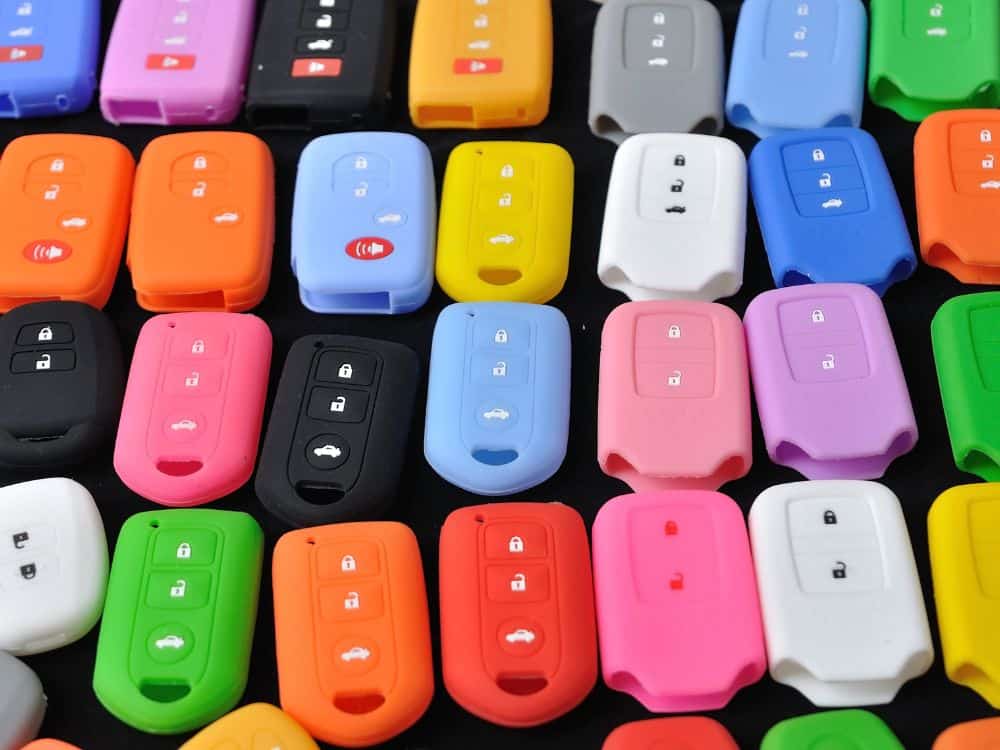
Is silicone better than plastic?
Absolutely. While both aren’t biodegradable, silicone lasts longer and doesn’t leach harmful chemicals into its surrounding environment. It also doesn’t break down like plastic does, which means microplastics aren’t a concern if a silicone item does end up in a body of water.
But does that alone make silicone a sustainable material? Ultimately, how environmentally friendly is silicone?
It may be preferable to plastic, but it still requires chemicals that we get from fossil fuels. Plus, getting from naturally occurring silica to silicone requires an energy-intensive heating process.
Long story short, the environmental impact of making silicone is definitely significant.
Combined with the fact that it’s hard to recycle, it’s generally better to explore other options first. Plenty of other materials offer a more eco-friendly alternative than silicone. Some better choices in the kitchen include:
- Glass
- Steel
- Aluminum
- Bamboo
- Beeswax wraps
That said, there are some cases where silicone makes a lot of sense.
In what way is silicone environmentally friendly?
The flexibility this material offers makes it a much more comfortable menstrual cup alternative to the other options we just listed.
And when you choose a silicone menstrual cup that you can safely reuse over and over again, you’re preventing a ton of waste—about 10,000 tampons per menstruating person, on average!
In this case, the environmental benefit of so many fewer tampons or pads in the landfill more than makes up for the impact of creating the cup, and potentially adding it to the landfill eventually.
All told, silicone’s eco-friendliness depends on how you use it.
If you buy a silicone pouch, for example, use it a few times, then decide you’re sick of washing it and huck it in the trash, that’s not ideal (obviously).
But if you buy a silicone spoon and use it for a decade, it might have a smaller overall footprint than a wooden spoon you replace annually.
TL;DR: Environmentally, silicone is better than plastic.
Beyond that, though, think carefully about how you plan to use the product. If something made from a more eco-friendly material could serve the same purpose and last just as long, opt for that.
But if the silicone really does best meet that specific need, go for it. Just make sure you use it as long as possible and explore all of your recycling options when you’re done with it.
Did you know we Have a Newsletter?
We cover the latest in sustainable living, fashion, zero waste, beauty, travel, finance and more…
What Is The Environmental Impact Of Silicone?
Zooming out, we can look at silicone over its lifespan. Initially making it comes at a cost, using both chemicals and a significant amount of energy.
Throughout the lifespan of the silicone product, it has virtually no environmental footprint. It’s not going to leach into your food or your body. And it should last decades if properly maintained.
When the product needs a refresh, you can wash or boil it. The long lifespan makes it more eco-friendly than plastic.
But the time will likely come when you’ll be ready to part with the item. Therein lies the problem. Silicone isn’t easy to recycle. While you technically can recycle it, it’s not as simple as tossing it into your curbside bin.
As a result, most silicone ends up in landfills.
There, it doesn’t biodegrade. It could sit unchanged for centuries, which comes with pros and cons. It’s not going to leach anything toxic into the environment, but it’s also not going to decompose.
Fortunately, plenty of eco-friendly alternatives to those that commonly contain silicone:
Final Thoughts On How Environmentally Friendly Silicone Is
If you’re reading this article, you probably care about your impact on the environment. That likely means you purchase things thoughtfully, so apply the same logic as usual.
Think through how you’d use that silicone product. Do you see it being useful in your home for a decade or more?
If so, it could be better than an alternative product that would only last a year or two.
Just remember that silicone isn’t a biodegradable material (and neither are biodegradable balloons even though they’re marketed as such). Ideally, you’ll want to hang onto it long enough that silicone recycling will advance and you’ll have more options for giving it a second life.
Pin these:
